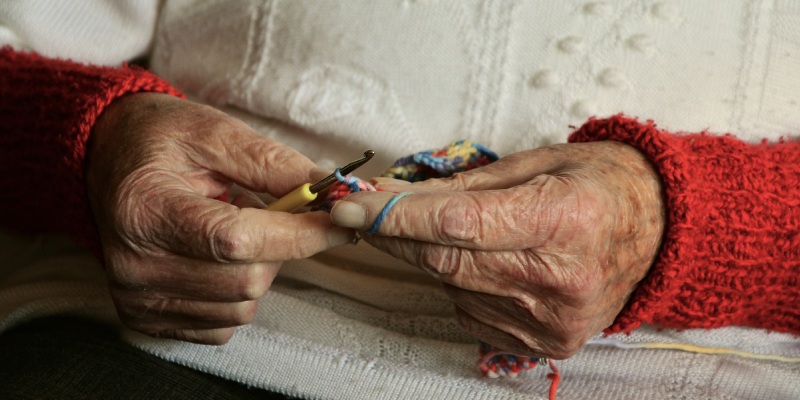The skeletal system is the infrastructure of the human body, so there are extensive implications when bone is weakened by osteoporosis. Though it is a disease that can be prevented and treated through early intervention, there is still the possibility that you could require assistance. Our free home healthcare services are available to help you or a loved one who is afflicted with DOL EEOIPCA and RECA related diseases, but osteoporosis is a common problem among all elderly that we have noticed in our profession. Learn more about this disease and how osteoporosis occurs, how to avoid it, and how to treat its effects.
Overview of the Human Skeletal System
The National Institutes of Health has formulated a concise description of the human skeletal system and the role that bone plays within it. It is constructed of:
- Collagen, a protein that enables flexibility; and,
- Calcium, a mineral that provides a strong, solid foundation.
The composition of bone enables it to withstand a considerable amount of stress without breaking. However, bone is still a living tissue that ages along with the rest of the body.
Osteoporosis and Its Effects on Bone Tissue
Starting at birth, old bone is removed through resorption and replaced through formation. The resorption is faster than formation during childhood and teenage years, which is what enables growth. At the same time, bones become denser and stronger. By age 30, most humans reach an equilibrium, at which point the process is reversed. More old bone is resorbed without being replaced through bone formation, which is a naturally occurring phenomenon. Osteoporosis is the result when the onset of resorption exceeds replacement too quickly.

Risk Factors and Symptoms
There are two categories of osteoporosis risk factors to note:
- What You Can Change: Cigarette smoking and excessive alcohol consumption put you at a higher risk of osteoporosis. Taking calcium and vitamin D supplements can reduce the probability of developing symptoms.
- Factors You Cannot Change: Osteoporosis is more common in women, and it is more likely to become a serious condition after menopause. Plus, age and ethnicity are factors. Individuals of white and Asian descent are more likely to develop osteoporosis, though African American and Hispanics rank high on the list.
Osteoporosis does not always outwardly manifest, so the first symptom could be a bone fracture. In the spinal column, a collapsed vertebrae may result in severe back pain or height loss. Many people suffering from osteoporosis have a stooped stature because the vertebrae have degenerated and can no longer support the back.
Treatments for Osteoporosis
When caught early, it is possible to reduce the effects of osteoporosis through nutrition and exercise. A healthy diet of vegetables, fruits, and lean protein provides necessary nutrients, especially calcium. Staying active helps with flexibility, which can reduce the likelihood of suffering a fall. Muscle strength and increased coordination and help prevent injuries to individuals with osteoporosis.
Benefits are Available for Osteoporosis
Fall prevention is one of the most critical aspects of care for a person with osteoporosis since fragile bones are more likely to break and lead to long-term disability. In-home care may become necessary to achieve this objective. Fortunately, free home healthcare services are available to assist those with osteoporosis. For more information on your options, please contact United Energy Workers Healthcare and Four Corners Health Care to speak to a member of our team.